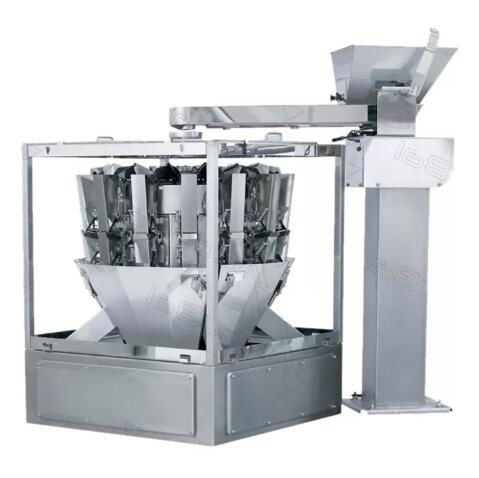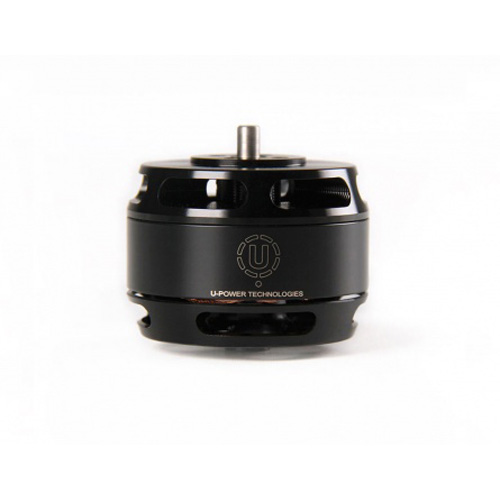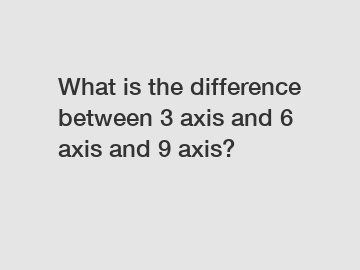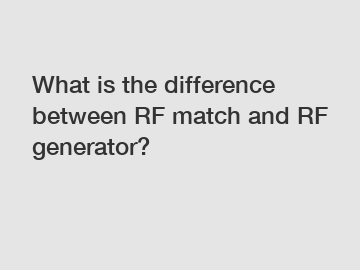Understanding the Biconcave Lens: Properties, Uses, and Applications
Lenses are a vital component of optics and are widely used in various fields, including astronomy, medicine, photography, and microscopy. A biconcave lens, also known as a concave lens or a diverging lens, is one of the most common types of lenses used in scientific and industrial applications. In this article, we will explore the properties, uses, and applications of the biconcave lens.
Properties of Biconcave Lens:
A biconcave lens is a lens that has two concave surfaces that curve inwards, which makes it thinner at the center and thicker at the edges. This shape causes light rays to diverge after passing through the lens, which is why it is called a diverging lens. The degree of divergence is dependent on the curvature of the lens surfaces and the refractive index of the material used.
The focal length of a biconcave lens is negative, meaning that the point at which the light rays converge is behind the lens, in the direction from which the light is coming. This is in contrast to a convex or converging lens, which has a positive focal length and causes light rays to converge to a point in front of the lens.
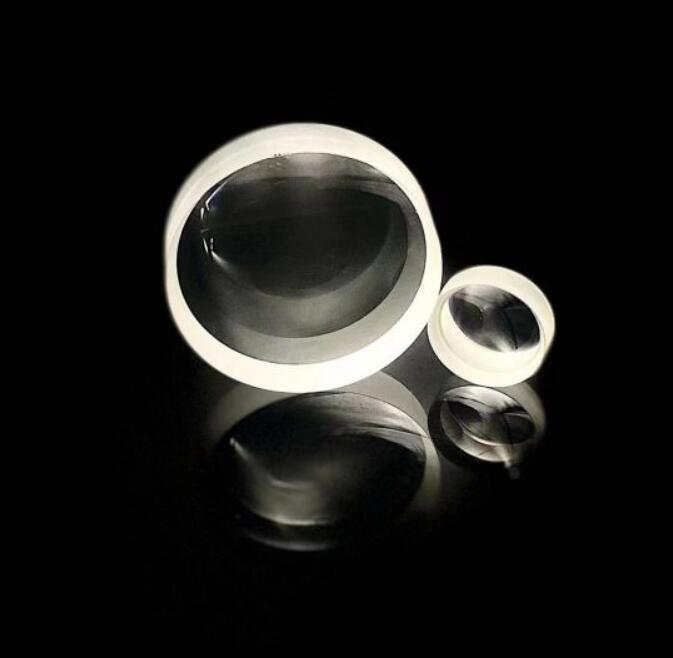
Uses of Biconcave Lens:
One of the primary uses of biconcave lenses is to correct vision problems caused by nearsightedness, or myopia. Nearsightedness occurs when the eyeball is too long, which causes light rays to focus in front of the retina instead of on it. A biconcave lens placed in front of the eye helps to spread out the light rays before they enter the eye, allowing them to focus correctly on the retina.
Biconcave lenses are also used in scientific applications, particularly in microscopes. Microscopes use a combination of lenses to magnify small objects, and a biconcave lens is often used to reduce the magnification and produce a wider field of view. This is because the diverging nature of the lens causes the light rays to spread out, allowing for a larger area to be viewed.
Explore more:Measurement & Analysis Instruments
Revolutionizing Navigation: The Laser Gyroscope Unveiled
Quartz Flexible Accelerometer in Drilling: Enhancing Efficiency and Safety
Benefits of the Motor and Propeller Test Kit
What Are The Features And Specifications of The Multihead Weigher?
Three Phase Power Analyzer: Accurate Measurements for Electrical Systems
Spherical vs. Aspheric Lenses: A Clear Perspective
Another common use of biconcave lenses is in the manufacturing of optical instruments, such as cameras and telescopes. These lenses are used to correct for aberrations in the optical system and to reduce distortion in the images produced.
Applications of Biconcave Lens:
One of the main applications of biconcave lenses is in the medical field. In addition to correcting vision problems, they are also used in the treatment of certain eye conditions. For example, biconcave lenses can be used in the treatment of glaucoma, a condition that causes increased pressure in the eye, by reducing the amount of pressure on the eye.
Biconcave lenses are also used in spectroscopy, a technique used to analyze the interaction of light with matter. Spectroscopy is used in various fields, including chemistry, physics, and astronomy. Biconcave lenses are used in spectroscopy to spread out the light rays and separate them into their component wavelengths, allowing for the identification of different materials.
Conclusion:
In conclusion, biconcave lenses are an essential component of optics and have a wide range of uses and applications. Their diverging nature makes them particularly useful in correcting vision problems and in reducing distortion in optical instruments. They are also used in various scientific fields, including microscopy and spectroscopy. As technology continues to advance, biconcave lenses are likely to remain a critical component of many optical systems, and their properties and applications will continue to be studied and refined.
What is the difference between chromatic and achromatic lens?
Types of Optical Domes: A Comprehensive Guide
Drone Engine Test Bench: Enhancing Efficiency and Performance
What are optical glass domes and their applications in various industries?
How does a MEMS IMU work?
What are Advantages of Custom Optical Windows?
What is the application of gyro theodolite?



